Alan pays tribute to these big, beautiful birds which signify the pinnacle of the sport, and relays occasions when both determination and luck played a part in getting them in the bag

Of all the quarry available to the wildfowler, it is the geese which arguably represent the pinnacle of the sport. This was certainly the case when I started out on this path in the late 1960s, when a young wildfowler would dream of bringing these birds to hand.
There were two reasons for that: firstly, being new to the sport, geese were the ultimate prize; secondly, there were comparatively few geese in the south-east corner of the country.
Only towards the end of the year when the first of the European white-fronts arrived did an opportunity arise, and then success was confined to the lucky or the determined. Frequently, you had to be both.
In recent decades, the number of home-bred birds has begun to burgeon in this area, largely as a result of the work of the Kent Wildfowlers who brought greylag goslings and eggs from Scotland for release on club marshes, accompanied by what eventually became a 10-year moratorium on the shooting of them.
Similarly to the greylags, Canadas were introduced and spread, until today the estuaries and marshes of Kent resound to the cries of these wonderful big birds. Paradoxically – due, many of us would say, to global warming and shortstopping on the continent – it is the white-front which is less common today.
Now, if you show perseverance it is possible to eventually get that goose, even if it may be home-bred rather than truly migrant. Irrespective of their origins they are still a worthy quarry, and are just as good on the plate.
Denne historien er fra January 2018-utgaven av Sporting Shooter.
Start din 7-dagers gratis prøveperiode på Magzter GOLD for å få tilgang til tusenvis av utvalgte premiumhistorier og 9000+ magasiner og aviser.
Allerede abonnent ? Logg på
Denne historien er fra January 2018-utgaven av Sporting Shooter.
Start din 7-dagers gratis prøveperiode på Magzter GOLD for å få tilgang til tusenvis av utvalgte premiumhistorier og 9000+ magasiner og aviser.
Allerede abonnent? Logg på

RSPB gives mixed message on shooting
Having recently attended the RSPB’s virtual AGM, Conor O’Gorman discusses the outcome of the charity’s year-long review of game bird shooting
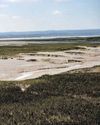
Causeway for concern
Alan Jarrett’s renewed interest in reading takes him down memory lane to an offshore island duck flight that very nearly ended in disaster
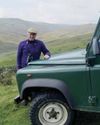
Through a purple patch
The Garrows Estate is taking a conservation-focused approach to restoring the wildlife populations and biodiversity on the Scottish heather moorland.
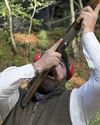
When the wheels fall off
Losing form on a day’s shooting can be infuriating, especially if you’ve been shooting like a god up to that point. Simon O’Leary looks at some common causes and how to remedy them
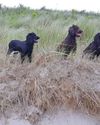
Beaches, books & bad behaviour!
The annual Kay family vacation to Northumberland offers a chance to give the cockers a blast on the beach – although they don’t always shower themselves in glory, as Ryan Kay recalls...

Using the Stop whistle
Now you’ve instilled the basics, it’s time to up the ante with some more tricky distance work. Howard Kirby explains how to take the core Stop whistle command to the next level
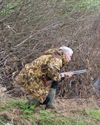
The humble teal
They may be tiny, but as far as Rupert Butler is concerned, the appeal of this little duck is huge. He recalls some of his most memorable nights in pursuit of these aerial acrobats
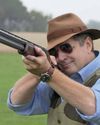
Fab all-rounder
Mike is impressed with the Fabarm Elos B2 Field Notte, which offers great value for money, is suited to fieldwork or clays and is future-proofed for use with steel in all choke constrictions

CALL OF THE WILD
Dom Holtam reconnects with one of the purest forms of shotgun shooting as he walks-up woodcock over pointing dogs in the Scottish Highlands
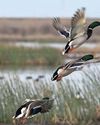
A yen for the Fens
Tony Jackson recounts a memorable duck flight over an area of Fenland in Norfolk with his friend and author, the late Alan Savory